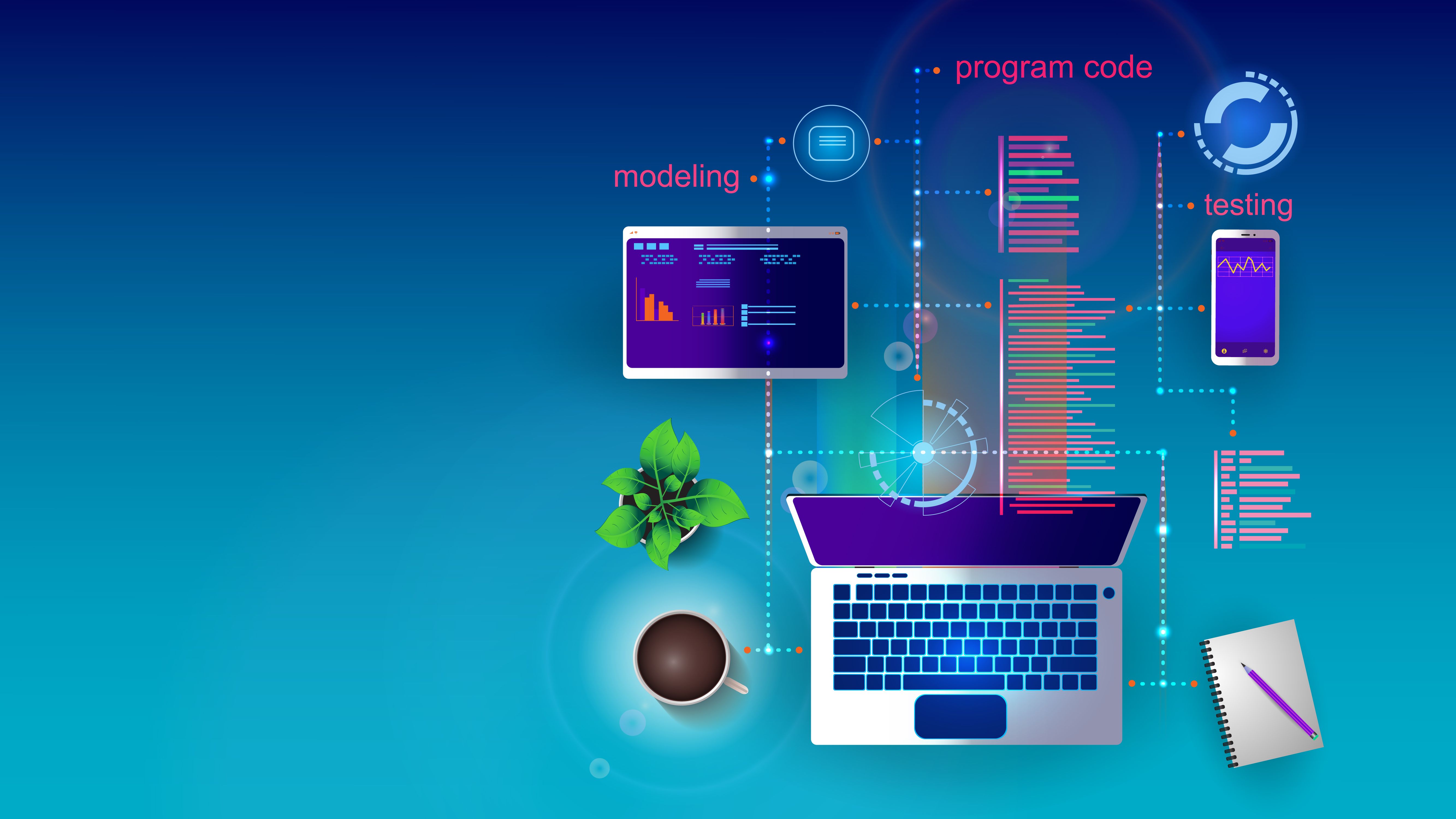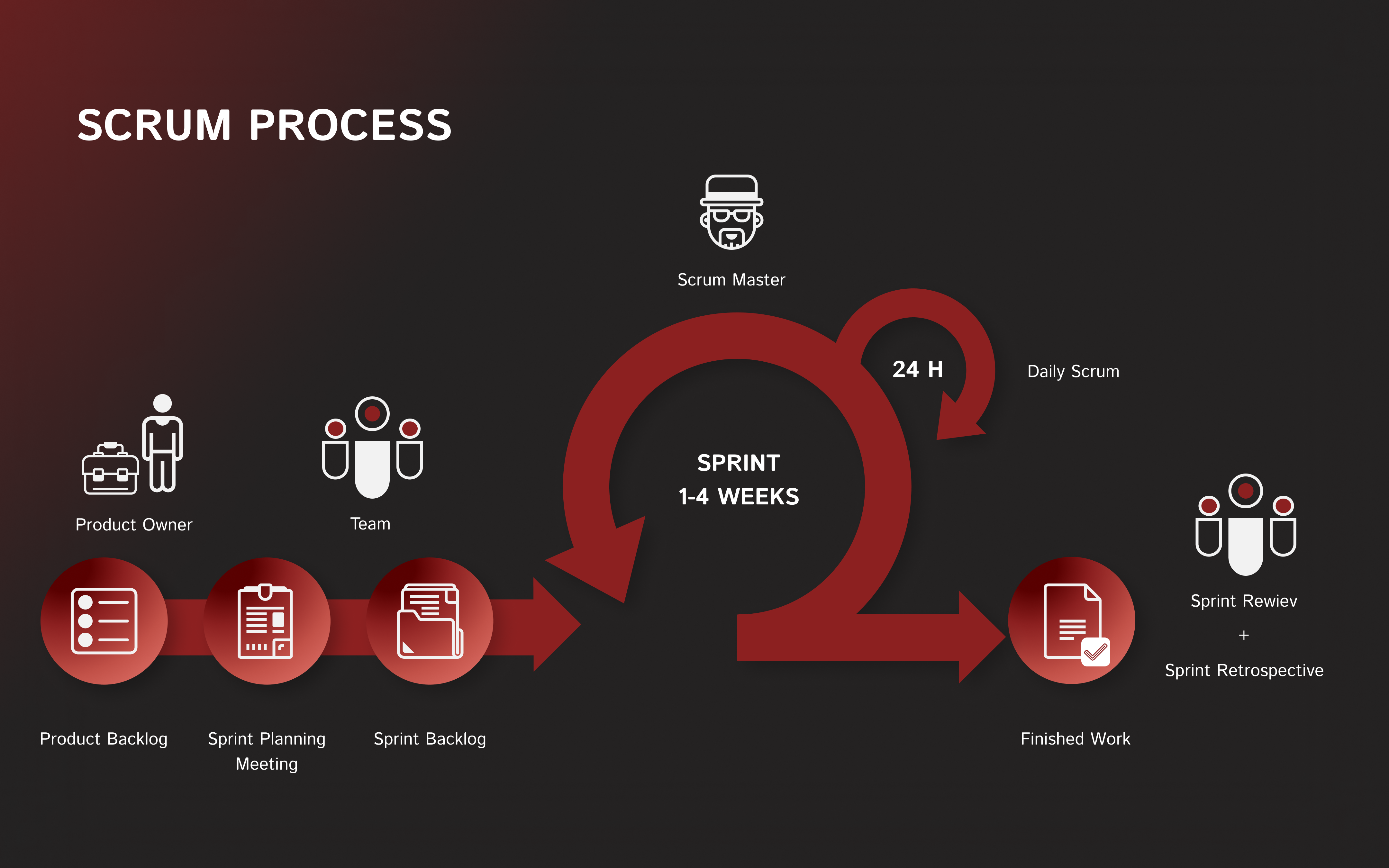Software development methodologies provide the frameworks and strategies that guide the development process, ensuring efficient and effective outcomes. These methodologies range from traditional approaches like Waterfall and Prototyped to agile methods such as Scrum and Kanban. Understanding and selecting the right methodology is crucial for the success of any software development project.
In this article, we'll explore the key features of both traditional and agile methodologies, offering insights into how to choose the best approach for your specific needs.
What are Software Development Methodologies?
Software development methodologies are frameworks used to structure, plan, and control the process of developing software solutions. These methodologies include Agile, Scrum, Waterfall, Kanban, and Lean, each offering unique approaches to breaking down complex tasks into manageable steps to achieve desired outcomes.
Teams often combine multiple methodologies to leverage the strengths of each, creating hybrid models that enhance efficiency and adaptability. This approach is particularly useful for managing complex tasks that a single methodology might not handle effectively. By integrating different techniques, teams can achieve better time and cost efficiency.
There are two main categories of software development methodologies:
- Traditional methods
- Agile methodologies.
Traditional methods, like Waterfall, follow a more rigid, sequential process. Agile methodologies, such as Scrum and Kanban, are more flexible and adaptive, making them the preferred choice for many modern software development projects.

Traditional Software Development Methodologies
Traditional Software Development Methodologies are characterised by the definition of the fundamental requirements and the actions to be implemented prior to the implementation of software development projects, with the aim of obtaining good results efficiently.
One of the differential points of the traditional software development methodologies with respect to the agile ones that we will explain below is the impossibility of making any changes during the development process of the project in question, since the work to be executed is organized in such a way that it follows a linear structure, so it will not be possible to carry out the next task without the previous one having been completed.
At the beginning of the project we must prepare an estimate of the requirements, the design and the analysis that we will carry out in the software development process. In this case, experience will be of great help to get our project prediction right.
The main traditional software development methodologies are:
- Waterfall: A linear and sequential approach, where each phase must be completed before the next begins.
- Prototyped: Focuses on creating a working model of the software to understand requirements better and gather early user feedback.
- Spiral: Combines iterative development (prototyping) and the systematic aspects of the Waterfall model, emphasizing risk assessment.
- Incremental: Builds the software incrementally, with each release adding functional components until the final product is complete.
- Rapid Application Design (RAD): Emphasizes quick development and iteration of prototypes over strict planning and testing cycles.

Agile Software Development Methodologies
Agile Software Development Methodologies are the most popular today – and for good reason. The primary focus of the agile approach is on iterative delivery of deliverables over a period of time, rather than aiming to deliver all items at once. This ensures that progress can be easily tracked and monitored throughout the project. The ability to quickly adapt and pivot also allows teams to take advantage of new opportunities as they arise. As a result, agile methods are ideal for teams who are trying to develop solutions quickly without sacrificing quality.
Agile software development methodologies are the most widely used and are defined by their agile and flexible nature to changes, so the possibility of failing or obtaining bad results will be considerably reduced.
The main advantage of this type of methodologies is the ability to adapt the software to changes or needs that arise throughout the project. In this way, the work teams in charge of software development are characterized by being independent and self-sufficient, expressing and contributing ideas and advice at all times to obtain satisfactory results. The client, for his part, also has the possibility of proposing the changes or corrections that he deems necessary, since he will be able to visualize and know how his project is progressing.
The most used and well-known agile work methods are: Scrum, Kanban and Extreme Programming-XP.
Scrum
Scrum is the most widely used agile software development methodology today and focuses on incremental development. Its main objective is to guarantee quality results, and for this, it focuses special attention on getting to know the team of people in charge of carrying out the project. In addition to this, customer satisfaction does not go unnoticed by the Scrum strategy, and to achieve it, through this methodology, a great effort is dedicated to guessing exactly what the customer is looking for and intends to find.
It should be noted the existence of interactions that are responsible for responding in the development process incrementally. These interactions are called a sprint . In other words, the stages of the Scrum strategy are: interaction planning (planning sprint) , execution (sprint) , daily meeting (daily meeting) and demonstration of results (sprint review) .
For Scrum, meetings and continuous communication by the team to discuss the progress made and review each sprint play an important role in achieving the objectives set.
Kanban
Kanban is a Japanese word that means "visual cards", so its name already gives us some clue as to what this software development methodology consists of. This development methodology was created by Toyota.
The objective of Kanban is to make use of a "card system" to provide the company and its employees with the knowledge of the actions and processes that are being executed in the company. This strategy considerably increases the productivity of the workers, since a task will not start without first having finished the previous one.
Kanban pays special attention to continuous improvement and the presentation of relevant information in a very visual way, through a chart or diagram made up of three columns that refer to pending, in-process and completed tasks. All members of the work team have access to this diagram, with the aim of facilitating the flow of activities and promoting the productivity and efficiency of the work team.
Extreme Programming (XP)
Extreme Programming Methodology's main objective is to guarantee impeccable results in software development. To do this, it focuses special attention on strengthening, developing and stabilizing the interpersonal relationships of the work team, promoting active participation of the members to achieve continuous improvement.
In XP, people play a fundamental role in ensuring the success of a software project. In addition, it promotes the existence of communication and interaction between the client and the members of the work team. In this case, it is the client who makes the decision as to which actions they want to be carried out in the first place, so the team members will have the ability to know where to start the development of the project.
This agile software development methodology responds correctly to changes or circumstances that occur.

How to Choose the Right Software Development Methodology
Before choosing the best software development methodology, it's important to compare and analyse. Doing so helps make sure you are choosing the right approach for your project’s individual requirements. This can be done by considering factors such as the cost, timeline, capabilities and objectives of each method. Even if you’re certain that one specific approach is right for your project, don’t rush into choosing it without evaluating other options first – after all, taking a comparison analysis step can lead to more informed decisions and more successful outcomes!
Conclusion
Choosing the right software development methodology is critical to the success of your project. By comparing and analyzing different methodologies, considering factors like cost, timeline, capabilities, and objectives, you can make an informed decision that best suits your project's requirements. Whether you opt for a traditional approach like Waterfall or an agile method like Scrum, understanding the strengths and limitations of each will help you navigate the development process more effectively.
At Cogify, we specialise in tailoring software development methodologies to meet your unique project needs. Contact us today!

